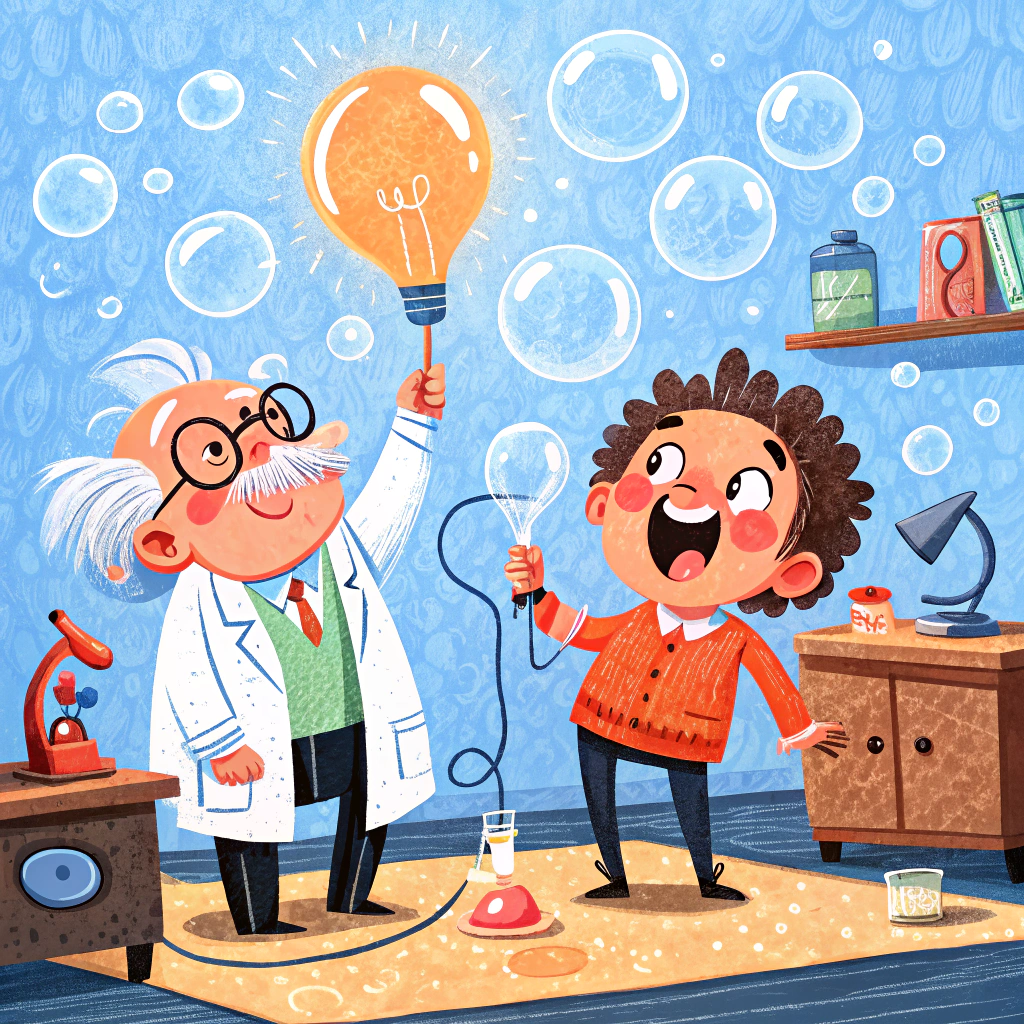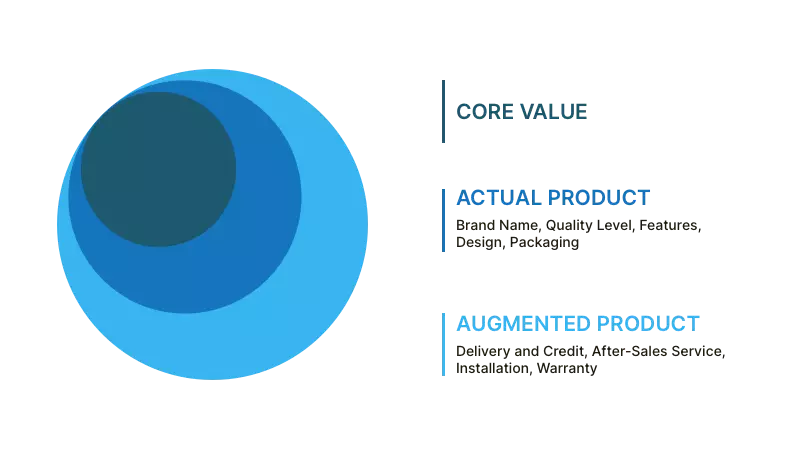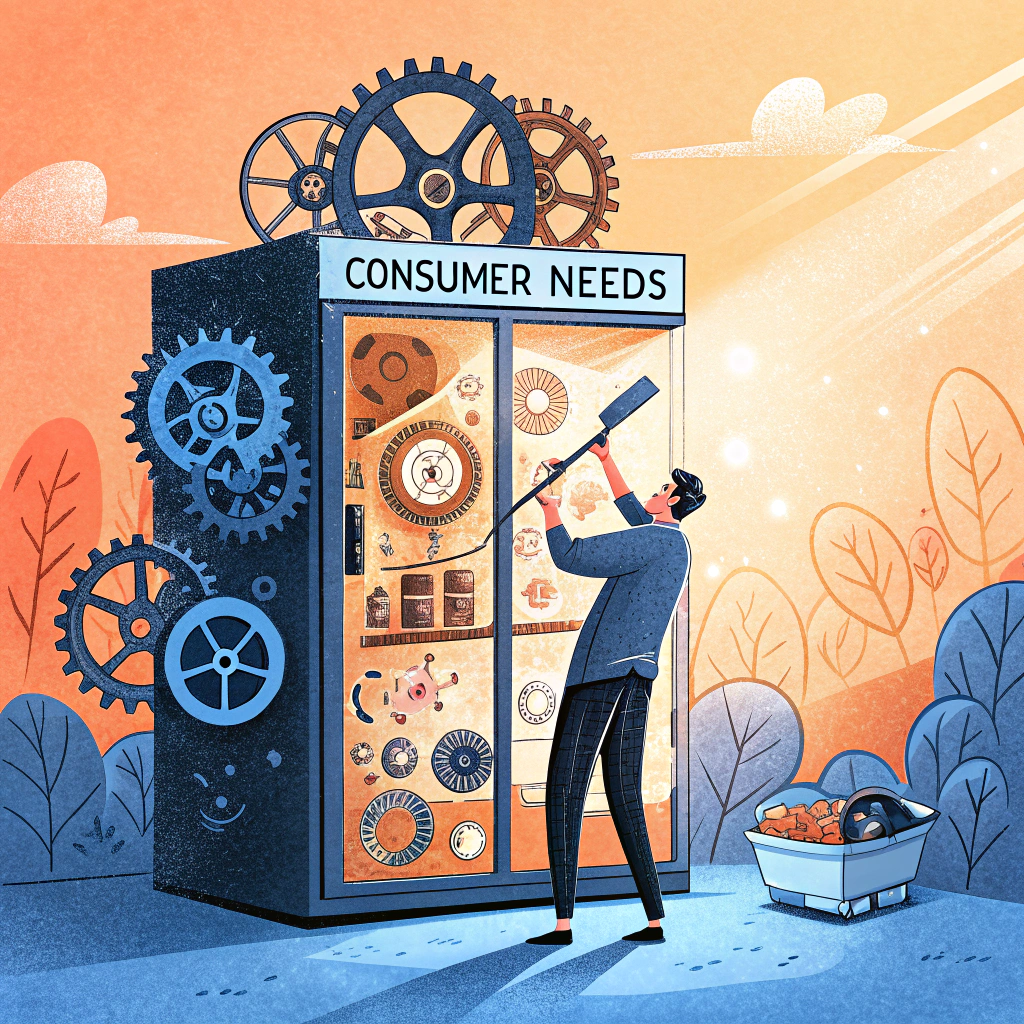Remember when Lululemon, the athleisure brand, launched ‘Astro Pants’?
These were fitted pants that were completely see-through when users did yoga, which is what they bought them for…
…And the product recall had cost the company $67 million in lost revenue.
We’ve seen times when the magazine Cosmopolitan tried to sell yogurt (readers just wanted more news), Colgate decided to make frozen meals (which everyone thought tasted like toothpaste), and Frito-Lay launched ‘Cheetos-flavored’ lip balms (no, seriously.)
But there was also when Wilson Greatbatch realized his heart sound recorder was actually giving out a pulse, and refined it till he had the world’s first pacemaker.
And when Alfred Fielding and Marc Chavannes explored 400 uses for their patented wallpaper ‘with air bubbles’ until they invented ‘bubble wrap’ for packaging.

Startup founders can take anywhere between a single eureka moment to decades of innovation to arrive at a product that that truly works.
Believe it:
Defining a product and seeing how it evolves will determine the success or failure of your business.
I’ve been in your shoes before!
So I’ve got a free eBook that will help you structure your thoughts, avoid mistakes, and properly launch your product and business: from clarity of the idea to product solution, vision, and investment pitch.
Grab my 8D Framework (yes, it’s 8-dimensional, haha) for free:
Websters defines a product as “something produced.” Cambridge says it’s “something that is made to be sold.”
I like the Britannica definition more: “something that is the result of a process” (for instance, the finished product of the artist’s labor was a beautiful vase).
And the Oxford definition is even better: “Anything that can be offered to a market for attention, acquisition, use, or consumption that might satisfy a need.”
If you think you have a successful business product idea (or you just want to revisit the product you’ve been selling), it helps to run through a quick mental checklist of what really makes a product.
Ask yourself, is it relevant? Is it relatable? Is it adaptable? And is it communicated well to the target audience?
If you think about it, a product can really be anything.
We immediately tend to think of physical products (such as laundry detergent or a camera doorbell). But there are also digital products (a food delivery app), or, say, legal products (a mortgage loan).
Services (consulting, painting) can also be considered products, as are patented ideas (Tinder’s matchmaking algorithm). However, more precisely, unlike products, you cannot return services.
And there are subproducts of products (the wheels of your car, or the ink cartridges inside your pen).
A product is anything at all that will successfully fulfill a customer’s need or desire, offering them true value.
It doesn’t matter whether it’s in the form of a tangible type of good, a service, an event, an experience, or an idea, as long as it addresses customer expectations and enhances customer experience.
There are several ways to categorize products.
The big ones are Consumer vs. Industrial and Tangible vs. Intangible (aka Product vs. Service).
Of course, products won’t always fit into distinct categories. Some will have both tangible and intangible qualities. Your computer, for instance, is a tangible good, but the free trials, free installation, and product warranty you got with it are intangible services.
Like everything else that has a life of its own, your product or service isn’t a static thing.
It will evolve, and you should want it to!

Your core product is what solves a fundamental need or want. The product might be in its most basic form, but it works.

Perhaps it’s new to the market and you have discovered or created something really awesome.
Perhaps the masses don’t understand it yet, but you know you’re onto something.
You might still be a traditional solopreneur, but you’re willing to take a risk.
Rewind to 2008. No one “got” Airbnb because no one thought that strangers would want to live with strangers. In 2005, Reddit had no visitors because no one knew it existed. (Reddit founders started to use it themselves with fake discussions and forums). But the founders and investors knew there was a product. It’s just hard when no previous comparable product has existed.
Ask yourself:
Here’s when you iterate on your product strategy and on the product design itself. This is what customers see, touch, and experience – its features or services, quality, packaging, and branding.
You arrive at the most obvious version of a product.
If you were to see YouTube’s first version, you probably wouldn’t recognize it. Its founders had developed a video dating site for people to talk about themselves and their ideal partners. In its second iteration, YouTube was opened up to any video – and the billion-dollar website we’re now familiar with (aka the ‘Actual product’) was born.
Stage 2 of your product’s evolution is where you incorporate the information you now have to create a better version.
At the Actual product stage, you want to ask for customer and employee feedback. You want to make data-driven decisions. And you want to re-align all the moving parts towards a clear goal once again.
Here’s where you ask yourself:
Time to add improvements and create an ecosystem!
An augmented product will offer additional services and benefits that enhance the actual product. Think of all the additional features and product attributes, warranties, after-sale service…
When Apple announced, “Starting today, customers who purchase any iPhone, iPad, Apple TV, iPod touch or Mac can enjoy one year of Apple TV+ for free,” it was launching its augmented product.
Prepare your answers to:
Are you making it for yourself or for your target customers?
Many entrepreneurs fall in love with their ideas… Without even checking if the market gives a damn about them.

Making sure that the product you’re creating is appealing to your customers does, indeed, bring some advantages to the table:
As you’re defining a product, make sure to listen to your customer’s feedback. Their needs also evolve over time, so make sure to take notes. It’s a never-ending infinity loop of constant questioning and refining. Something like a marriage :/
We already discussed why having a customer-centric approach is important when making a new product.
Now let’s pull a UNO reverse – and think about the organizational context.
Defining a product isn’t just about what it offers users, but also how it advances the business’s objectives.
You need to take the costs of production, distribution, marketing, etc… It’s not just “let’s make a product people want and live happily ever after”
There are many key metrics you can track and tweak (even within your product) to get the most out of it. We have a whole course on that, it’s called Unit Economics.
We strongly recommend you check it – yes, for selfish reasons – but also to understand how you can tweak every important number when it comes to your product and business.
Perhaps if Colgate had run through the product definition checklist, or Cheetos had stuck to the stages of product evolution, we’d have blockbuster goods the world didn’t end up seeing.
As human beings, we are complex and demanding consumers.
We will always have a need for something better; entrepreneurs who can keep creating products that truly serve those needs will win, and win big.

Email subscription is available ONLY TODAY (oh, okay, and tomorrow).
Surely, we respect your inbox! Unsubscription works every day.

We’d love to tailor your experience — which of these best describes you?